Kruger National Park is a haven for diverse wildlife, including a variety of snakes that embody the park's ecological richness. From the fast and venomous Black Mamba to the camouflage expert Vine Snake, and the non-venomous Cape Wolf Snake, these serpents showcase the adaptability and diversity of life in Kruger.
The Elusive Pangolin - By "Pango" Lyn Lambert, Manager Needles Safari Lodge
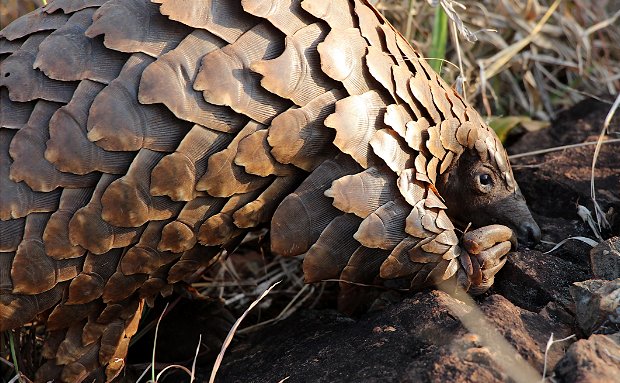
There are many people who do not know what a Pangolin is. I suppose this is because they are mostly nocturnal and live in burrows, so they are very seldom seen. Conservationists are constantly learning and gathering data through the rescue and rehabilitation programs which have been established.
What do you know about the Pangolin?
- The name Pangolin is derived from the Malay word "pengguling", which means "rolling up". This is reference to the animal’s defence mechanism of rolling up into a tight little hardened ball when they are under threat. Rolling up creates a hard, spiky, impenetrable ball that can defeat even the jaws of lions, tigers and leopards. However, their defence mechanism of rolling into a ball being their biggest downfall, making it easy to just pick them up and carry them off.
- The Pangolin, also known as the scaly anteater, is the only mammal in the world to be covered from head to toe in keratin scales (the same as human fingernails). These scales account for up to 20% of a Pangolin’s entire weight.
- There are eight species of Pangolin. Four are found in Asia: the Chinese, the Malayan, the Indian and the Palawan Pangolin. Four are found in Africa: The Tree Pangolin, the Giant Ground Pangolin, the Cape Pangolin and the Long-tailed Pangolin. The Cape (or Temmincks) Ground Pangolin is the species found in the Kruger National Park area next to Needles Lodge.
- The pangolin is thought to be prehistoric and is estimated to have lived on earth for nearly 80 million years.
- Although originally thought to be a anteaters, sloths and armadillos, new studies suggest they are closer to the Carnivora, which consists of hyenas, bears and wolves.
- Pangolins are bipedal, walking on their hind legs with the front limbs and tail held off the ground and used as a counterbalance.
- Like a skunk, pangolins can release a noxious-smelling acid to deter predators.
- Pangolins have a long sticky tongue that grows from deep inside their chest cavity and can extend to over 40cm, which is longer than its own body! This tongue is a perfect tool for catching ants and termites. One Pangolin is estimated to consume a massive 70 million a year.
- They are mostly nocturnal, (the long-tailed pangolin is sometimes active in the day), solitary animals with very poor eyesight. Their sense of smell and sound is supreme and is used to hunt out termite mounds and ant hills.
- Pangolins have large, curved claws that they use for excavating ant and termite nests, as well as for pulling bark off trees and logs to find their insect prey.
- Pangolins do not dig their own burrows but make use of abandoned aardvark, porcupine and warthog burrows. They may also shelter in termite holes, caves, in between rocks, shrubs or piles of debris.
- With no teeth, and unable to chew, the insects are broken up by stones and keratin spines located inside their stomachs.
- It is unknown how long pangolins live for because captivity is traumatic for pangolins resulting in stress, depression and early death. However, the oldest recorded Pangolin in captivity died at 19 years old.
- They are said to reach sexual maturity after two years, and typically only give birth to a single young per pregnancy. Their gestation period is thought to last between 69–150 days, varying by species. When born, the babies weigh around 8-450 grams (about 3-16 ounces), depending on the species, and have soft scales that harden rapidly. Young are usually weaned at around three months of age until which time the cute pangolin pups hitch a ride on their mother’s tails and remain in her care for five months before braving life solo.
- Sadly, this tough looking little mammal is on the edge of survival with some populations classified as Critically Endangered. They are the most trafficked animal in the world which has led to more than a million being stolen from the wild. The IUCN (International Union for Conservation of Nature) estimate that a Pangolin is taken from the wild every 5 minutes.
- The other danger Pangolins face besides poachers and predators is electric fences. When they are shocked their defence kicks in causing them to roll around the wire often causing their demise.
I have become passionate about these cute creatures and have been lucky enough to see one in Kruger which I have to admit I class as my top sighting and on visiting a rehabilitation program and experiencing walking in the wild with rescued Pangolins I have learned so much about them. With satellite and radio trackers being attached to the released Pangolins they can also monitor their movements and although they are solitary, their nocturnal interactions. So, if you want a small chance of seeing one of these lovely animals, you’ll need to come stay at Needles Lodge, your luxury accommodation near Kruger Park.
Further Reading
Studying these camouflage artists offers more than survival tactics; it unveils the symbiotic web of life. Each evolutionary adjustment triggers cascading effects, shaping predator-prey interactions, reproductive strategies, and even ecosystem architectures. For visitors to wilderness areas like Needles Lodge, these beings underscore nature's inventive prowess and the critical need to conserve the ecosystems that nurture such diversity.
Exploring Kruger National Park is a journey through Earth's geological history, showcasing ancient rocks, life's evolution, and dramatic landscapes. The park's diverse geology, from three-billion-year-old bedrock to recent Quaternary formations, reveals the planet's dynamic past. Highlights include the Lebombo Monocline and rich fossil records. This narrative emphasizes the importance of conservation and the unique opportunity to connect with Earth's ancient past at Needles Lodge.

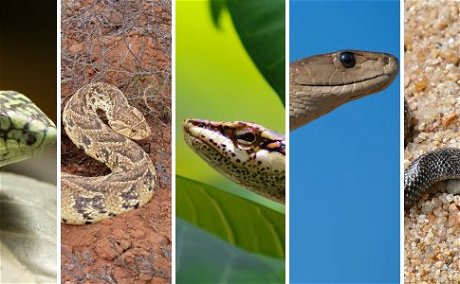
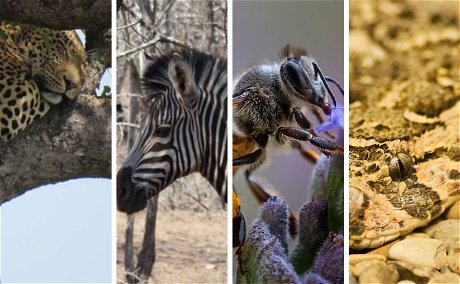
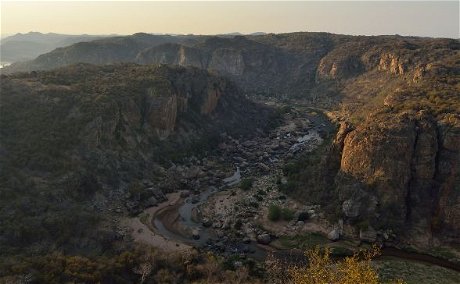

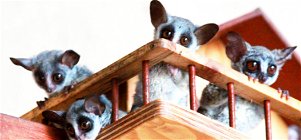
Share This Post